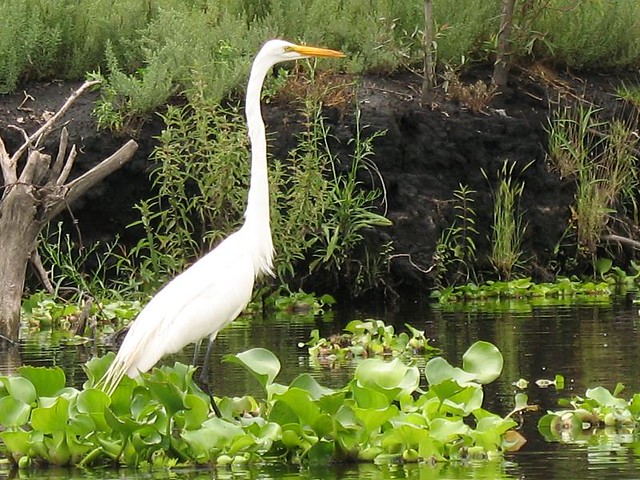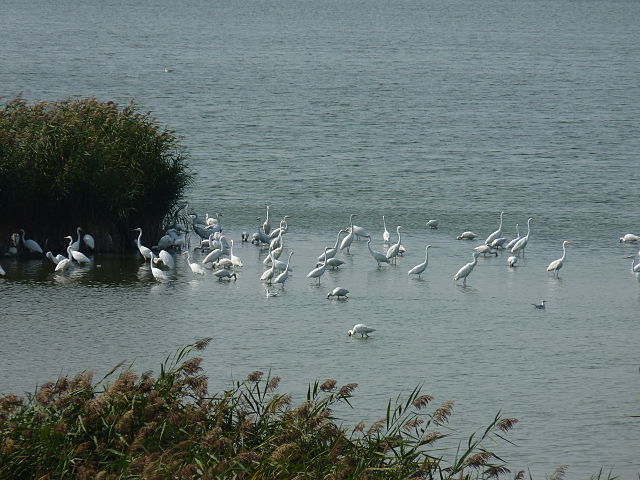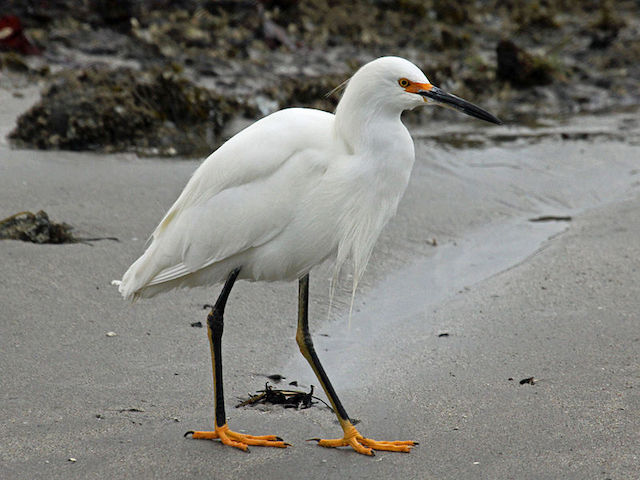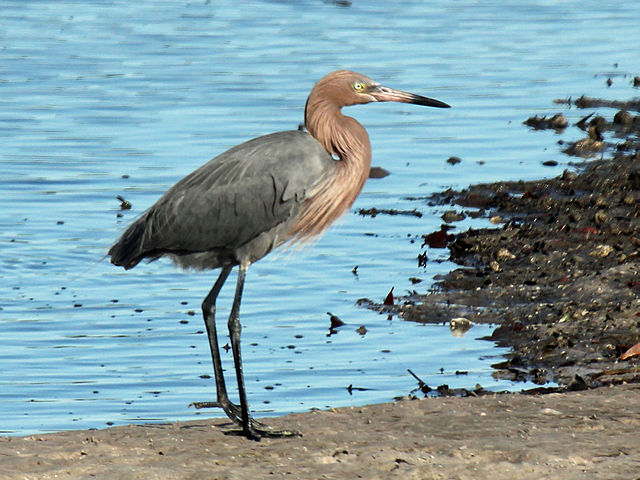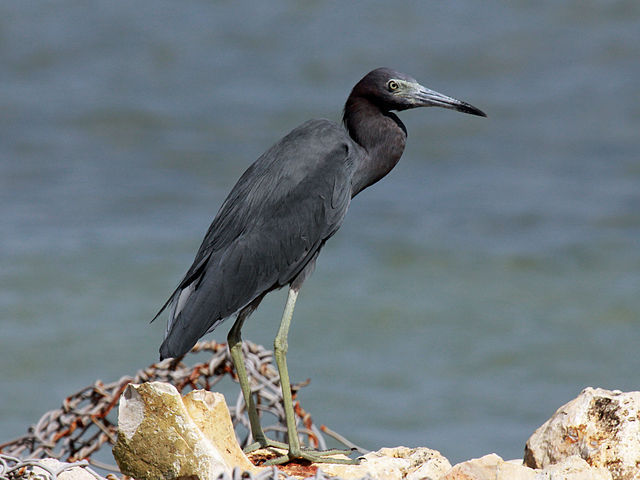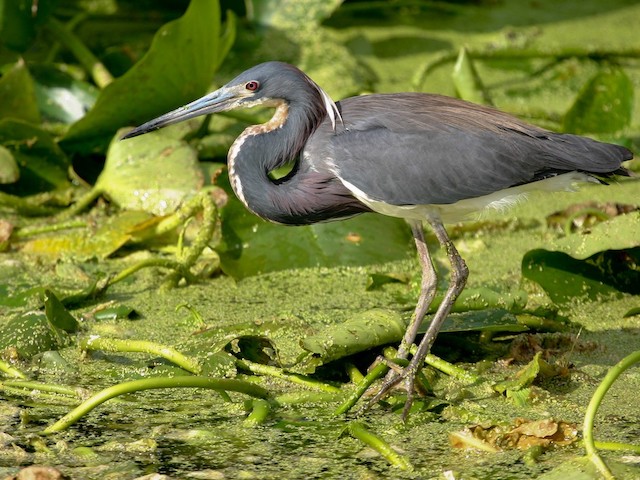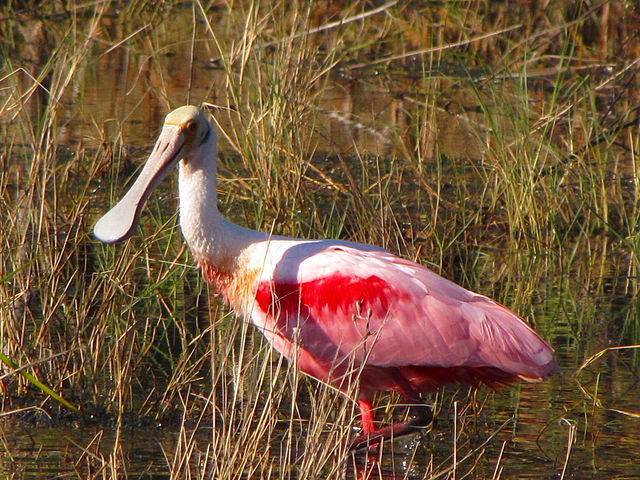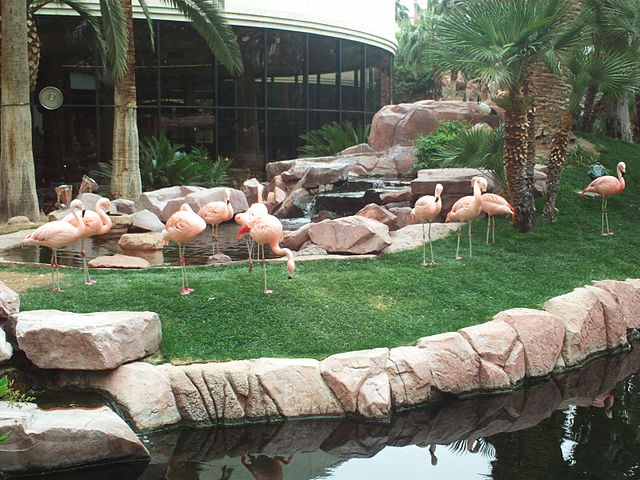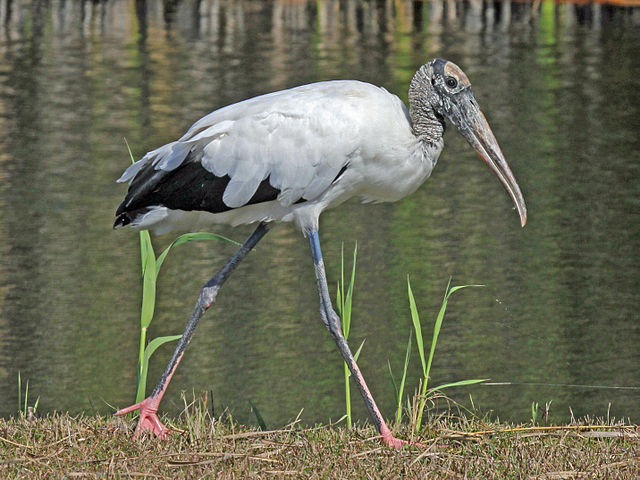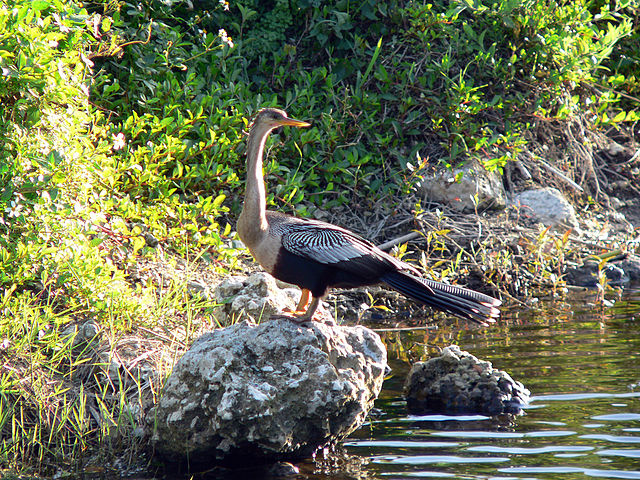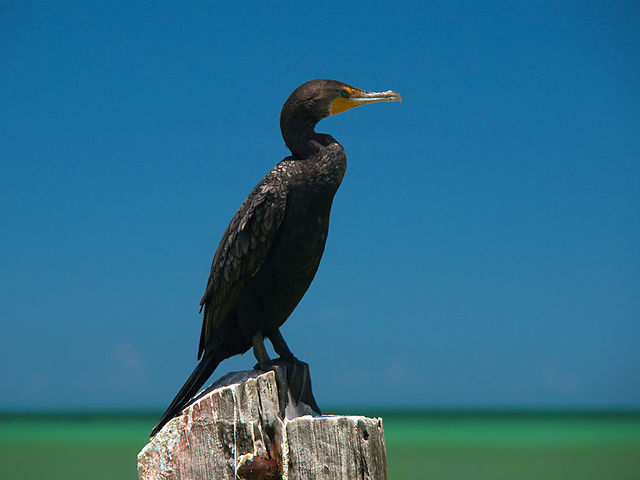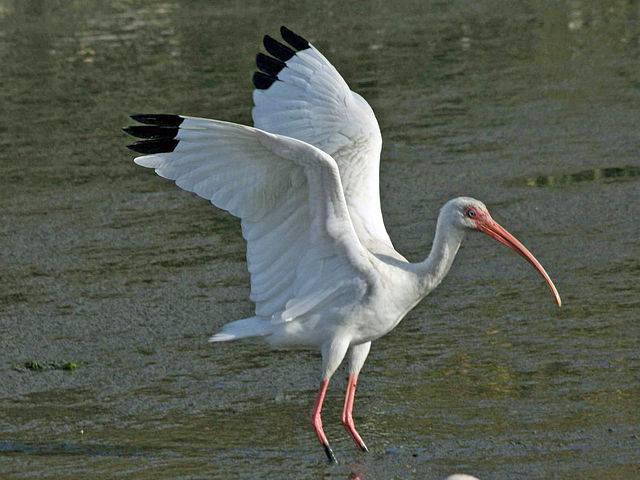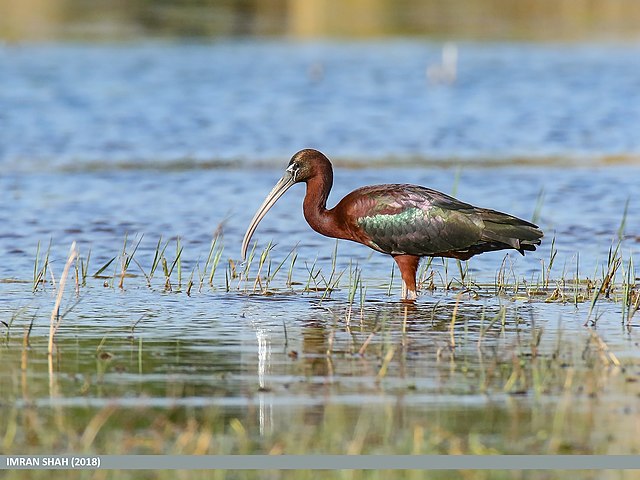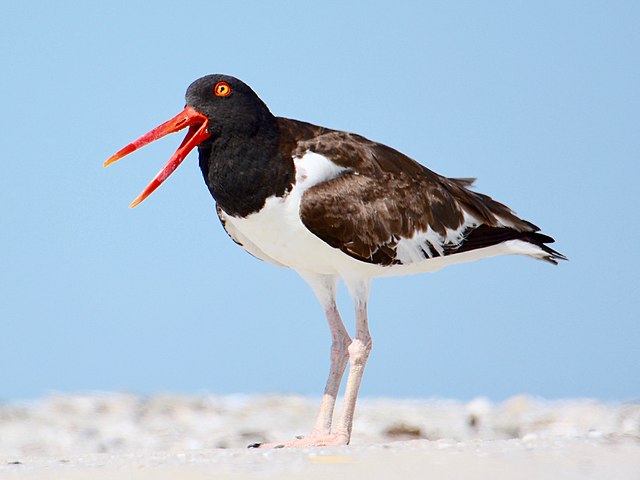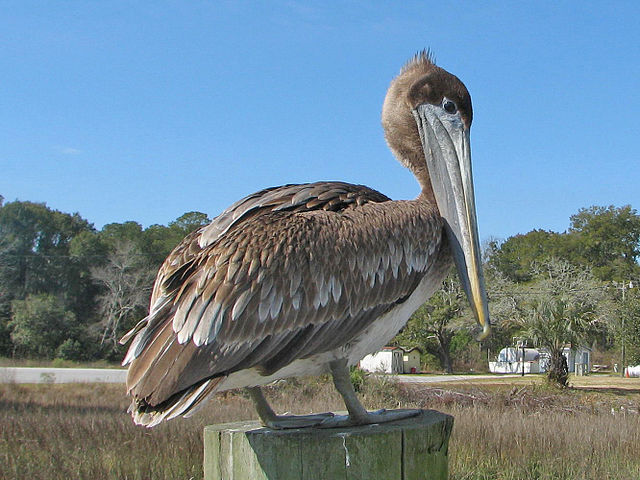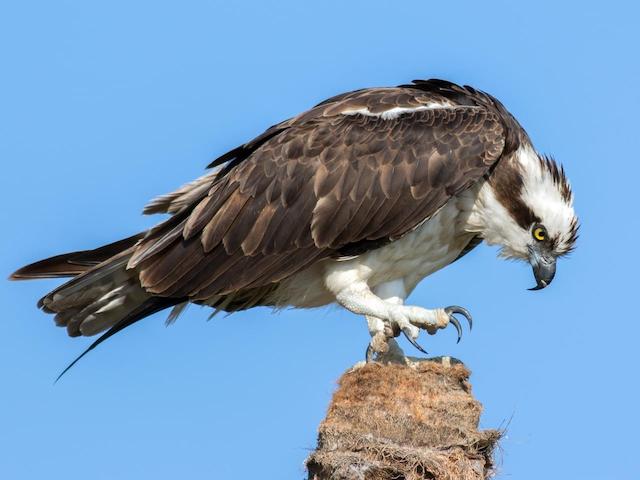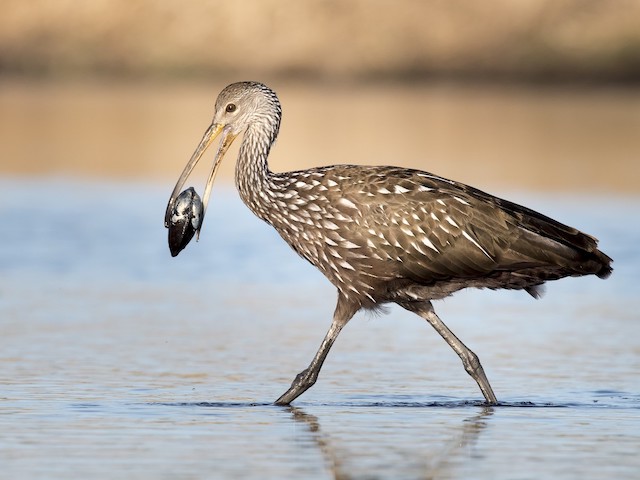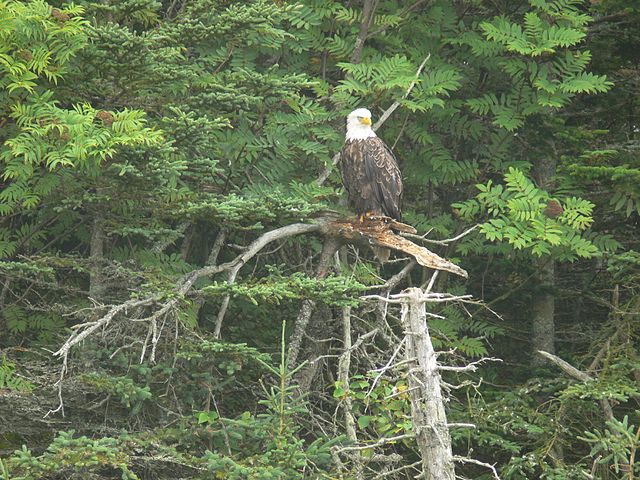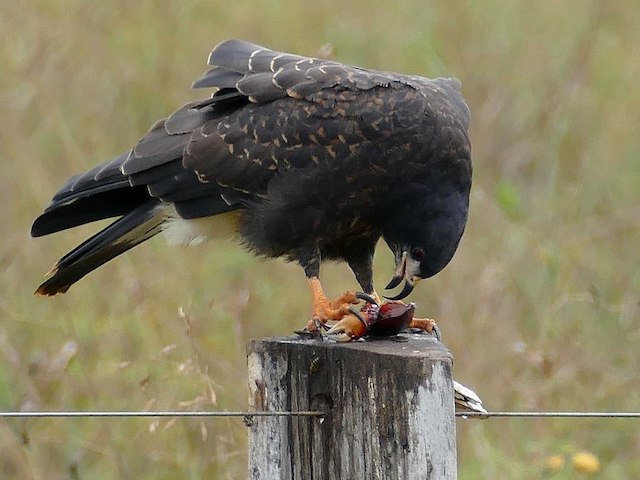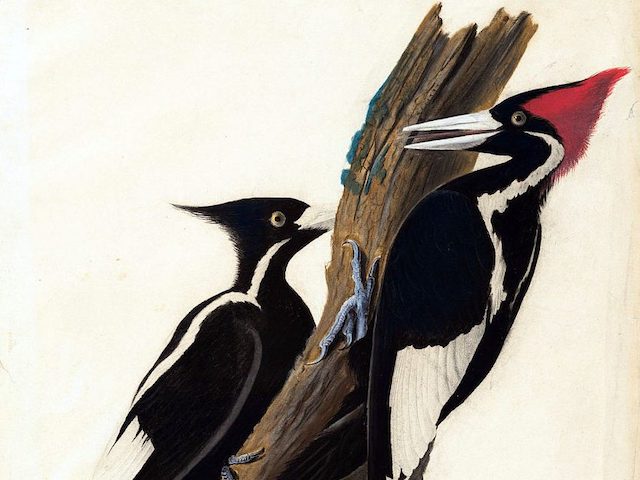
We’re taking another birdwatching trip with First UU’s Steve Molk. This week he takes us through the sights and species experienced while birdwatching in Florida. Steve is an avid nature watcher and explorer having led many hikes and fossil hunts as First UU Auction trips.
As these trips were a long time ago before the advent of digital always-on-your-person cameras, I’ve illustrated Steves text with photos of the birds he saw on the trips. (Note: photos are mini slide-shows, click on the arrows to page through) (photos are creative commons from wikimedia and other sites)
Enjoy, Brian Hagemann
Birdwatching with Steve Molk
Part 2: Florida Birds
Over my years attending First UU Church, I have come to realize that I hold to what might be called a “theology of beauty”. I experience wonder and awe when I feel or sense beautiful things, and it doesn’t diminish my enjoyment to believe that they came to be through a scientific process such as evolution rather than by the “hand of God”.
I won’t dwell here on the beautiful things I feel, other than to say that love and gratitude are two important ones. Two of the main ways I SENSE beauty are through music and experiencing the natural world. I feel most “in harmony with the divine” (as our old covenant put it) when I am, for example, hearing the beauty of a Mozart piano concerto or watching a golden eagle soar into the Nevada sky. This goes a long way towards explaining why I have spent a lot of time and effort throughout my life putting myself into situations where I may experience beauty in these ways.
For my third essay for “Nature Walk Wednesdays”, I will recount some of my experiences of birdwatching in Florida.
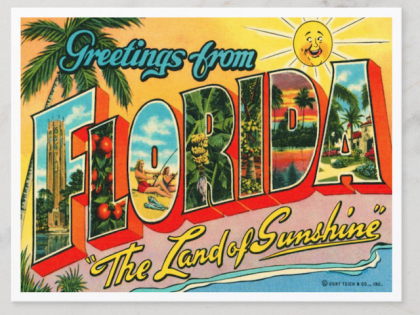 In my opinion, birdwatching in Florida is some of the best anywhere, for several reasons: 1) many of the birds to be found are large, spectacular water birds, and thus relatively easy to see and identify, 2) much of the terrain is marshy (meaning treeless) or open water, again making the birds easy to spot, 3) there are a number of national parks and wildlife refuges providing “destinations” for birdwatchers, and 4) in winter, the dry season, birds congregate in what remains of the wetlands, once again making them easier to find.
In my opinion, birdwatching in Florida is some of the best anywhere, for several reasons: 1) many of the birds to be found are large, spectacular water birds, and thus relatively easy to see and identify, 2) much of the terrain is marshy (meaning treeless) or open water, again making the birds easy to spot, 3) there are a number of national parks and wildlife refuges providing “destinations” for birdwatchers, and 4) in winter, the dry season, birds congregate in what remains of the wetlands, once again making them easier to find.
I have visited Florida a number of times (5 or 6?), for various reasons, not all of them having to do with seeing nature. I believe I made my first trip to Everglades National Park in south Florida with my family in the mid-1960’s, but memories of birds from this trip are hazy. In 1968, we drove to Miami to fly to Costa Rica to visit our AFS student Luis, who had lived with us a few years earlier. Again, birdwatching was not a focus of this trip, although I’m sure we would have seen pelicans, anhingas and a variety of wading birds.
In the early 1980’s, I drove to Everglades National Park with my friend Carol. We rented a canoe and took a 2-day trip through the Everglades and camped on the beach at Florida Bay. On that trip, we had the additional birdwatchers’s advantage of stealth, with the canoe making little noise as we cut through the water.
We saw an amazing variety of birds–waders like snowy, reddish and great egrets; great blue, little blue, green and Louisiana herons; roseate spoonbills; wood storks; anhingas and double-crested cormorants; white and glossy ibises; American oystercatchers; brown and white pelicans; belted kingfishers; and an osprey hovering to fish in the bay. I will describe these birds and you can take a look at them in the photos attached to the text.
Egrets and herons are wading birds with long, curved necks and pointed bills. Both great (or American) egrets and snowy egrets have all-white plumage; the great egret is larger and has a yellow bill, while the snowy’s bill is black. Snowy egrets especially were hunted to near-extinction for their plumes, but have made a comeback since being given federal (and international) protection in 1918.
Reddish egrets are about the size of snowy egrets, but are usually gray with rust-colored neck and head. They are known for the “dance” they do when feeding; it has been described as “acting drunk”.
The great blue heron measures up to four feet tall and is mostly blue-gray with a white face and black eye-stripe. (Along with the bald eagle, osprey and kingfisher, it is one of the four species mentioned in this “walk” also found in central Ohio.) The little blue heron is only about two feet tall and is mostly blue-gray as well, with a dark reddish-brown neck.
The Louisiana heron is also smaller, but is distinctively tri-colored, with blue-gray back and neck, white belly, and reddish chest. The green heron is about the size of the little blue or Louisiana heron, but has a green back, chestnut neck and white front.
The roseate spoonbill is a medium-sized wading bird with white top and chest and bright pink wings and a flattened, spoon-like bill. The spoonbill is sometimes mistaken for a flamingo, which is not native to the US but has escaped from captivity in places like Busch Gardens near Tampa and the Hialeah Race Track near Miami.
The wood stork is another large wading bird (up to four feet tall), mostly white with black wingtips and legs, a long thick bill, and a naked head. Its occasional call is a horrendous croaking sound.
Anhingas and cormorants are large, mostly black birds that dive to catch fish. Anhingas have light markings on their backs, while cormorants are closer to being all black. Both species submerge to the neck when they go in the water, giving them the nickname “snakebird”. Anhingas especially are also known for sitting on a perch with their wings outstretched for drying.
The white ibis is a medium-sized (two feet tall) wader, mostly white and plump with black wingtips, with a long curved bill. The glossy ibis is similar, but is colored dark purple and green. The American oystercatcher has a black head, white belly, and a distinctive long and straight orange bill.
Most people would recognize a pelican for its large bill and throat pouch. The two species in Florida are the white pelican, which is mostly white with black wingtips, an orange bill, and a wingspread of up to ten feet; and the brown pelican, which is mostly brown or gray with white on the head and neck, and a somewhat smaller wingspread of around 6.5 feet. Flights of pelicans can sometimes be seen gliding in single file low over the water before diving for fish.
Belted kingfishers can be seen along many roads in south Florida. These birds are about one foot from head to tail, have large heads with a blue-gray crest and back and long pointed bills, and a white breast. They may hover and plunge to fish, or simply scout their prey from atop utility wires. Kingfishers make a rattling or laughing sound when they fly. I have seen them several times in Ohio, including on the Mad River in Champaign County.
Ospreys are large (almost eagle-sized) birds of prey, dark brown and white with a black eye-stripe, that eat mostly fish. I have also seen them in Ohio, at Deer Creek Lake southwest of Columbus and from a window where I worked in an office building at Mill Run Plaza near Hilliard, when the area was less developed.
Later, around 1983, I drove to Florida again, by myself this time, for a vacation. The highlights of this trip included seeing a limpkin and a bald eagle.
The limpkin is a mid-sized wading bird that has a long, down-curved bill and is brown with white flecks. (Its shape is very similar to the white or glossy ibis.) I saw limpkin on a canoe trip on the Wakulla River, a spring-fed river in the north Florida panhandle near Talahassee. (Something else I learned on this canoe trip: when paddling upstream in a current, sit in the middle of the canoe! After I turned around from my downstream course, I kept my rear seat, but with nobody weighing down the front, the bow rode high and the current kept turning my boat off course. After adjusting to the middle and paddling hard, I made it back to the canoe rental. Whew!)
I saw a bald eagle when visiting the JN “Ding” Darling National Wildlife Refuge on Sanibel Island, off Florida’s Gulf Coast near Fort Myers. Almost everyone can form a mental picture of this magnificent bird, our national emblem. Not everyone would associate it with Florida, but it is a logical place to find this hunter whose principal food is fish!
My penultimate trip to Florida was in 2003–not to see birds, but to indulge another “hobby” of mine, my quest to visit all the state highpoints. On this trip, my Mom and I traveled to and attained the highpoints of Virginia, South Carolina, Georgia, Alabama and Florida. At 345 feet above sea level, the highpoint of Florida, Britton Hill, is the lowest of any state. It is in a park a few miles from Alabama in the panhandle.
My last visit to Florida was also with my Mom, in 2016, accompanying her on her national parks odyssey. Besides Congaree National Park in South Carolina and Virgin Islands National Park, we visited two national parks in Florida: Biscayne and Dry Tortugas. We saw pelicans and gulls throughout this trip, but the bird sighting that sticks in my mind from this journey is that of magnificent frigatebirds in Dry Tortugas National Park. This wonderfully named bird is mostly black and has very long angled wings (up to an 8-foot wingspan) and a scissor tail. I have seen the male’s inflated red throat pouch in an individual soaring over the Florida Keys.
I will conclude my “nature walk” by paying tribute to three bird species I did NOT see on any of my Florida trips.
- The Everglades snail kite and red-cockaded woodpecker are endangered species still occasionally seen in south Florida.
- The ivory-billed woodpecker, largest woodpecker north of Mexico, had its last confirmed sighting in Florida in 1944. The ivory-billed may now be extinct, although reputable sightings were made in 2004 in Arkansas and even more recently in Mississippi.
I close with a wish for good luck on all your birdwatching expeditions, be they in your backyard, in a Metro Park, in Florida, or on another continent!
Links to other resources on Birdwatching
-
- Audubon.org – Great starting point for all things birding.
- Cornell Lab of Ornithology – All about birds and birding!
- Ohio Division of Wildlife Online Field Guides Including Ohio birds, mammals, fish, insects, reptiles & amphibians and more. Great guides right in your browser or on your phone
- Merlin App – free iOS and Google app to help ID over 6000 birds right on your phone
About Steve:

Steve Molk is a retired science teacher and musician who went to Sunday school from 2nd grade onward at First UU. In high school he was active in Liberal Religious Youth, the youth organization associated with the UU church. He earned a bachelor’s degree in chemistry and music and a master’s degree in geology. He has worked as a high school chemistry teacher, an adjunct professor at two community colleges, and a number of other jobs. Over the years at the church he has sung in the choir for nearly 50 years, and has served on the Nominating Committee and the Green Team. He has donated nature hikes and fossil hikes to the church auction for over 20 years. He enjoys recounting his travels and experiences with birds and other wildlife.
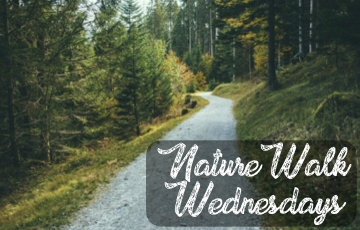
Previous Nature Walks:
- Nature Walk Wednesday – Black Lives Matter pt.2
- Black Lives Matter – Nature Walk Wednesday
- Annual Meeting Countdown – 4 Days to Go!
- Nature Walk Wednesday – Bird Watching in Florida
- Nature Walk Wednesday – Going Camping!
- Nature Walk Wednesday – Spring Wildflowers
- Nature Walk Wednesday – Trip to Vietnam
- Nature Walk Wednesday – Earth Day at 50
- Nature Walk Wednesday – The trail of the Whooping Crane
- Nature Walk Wednesday – Five Metro Parks

